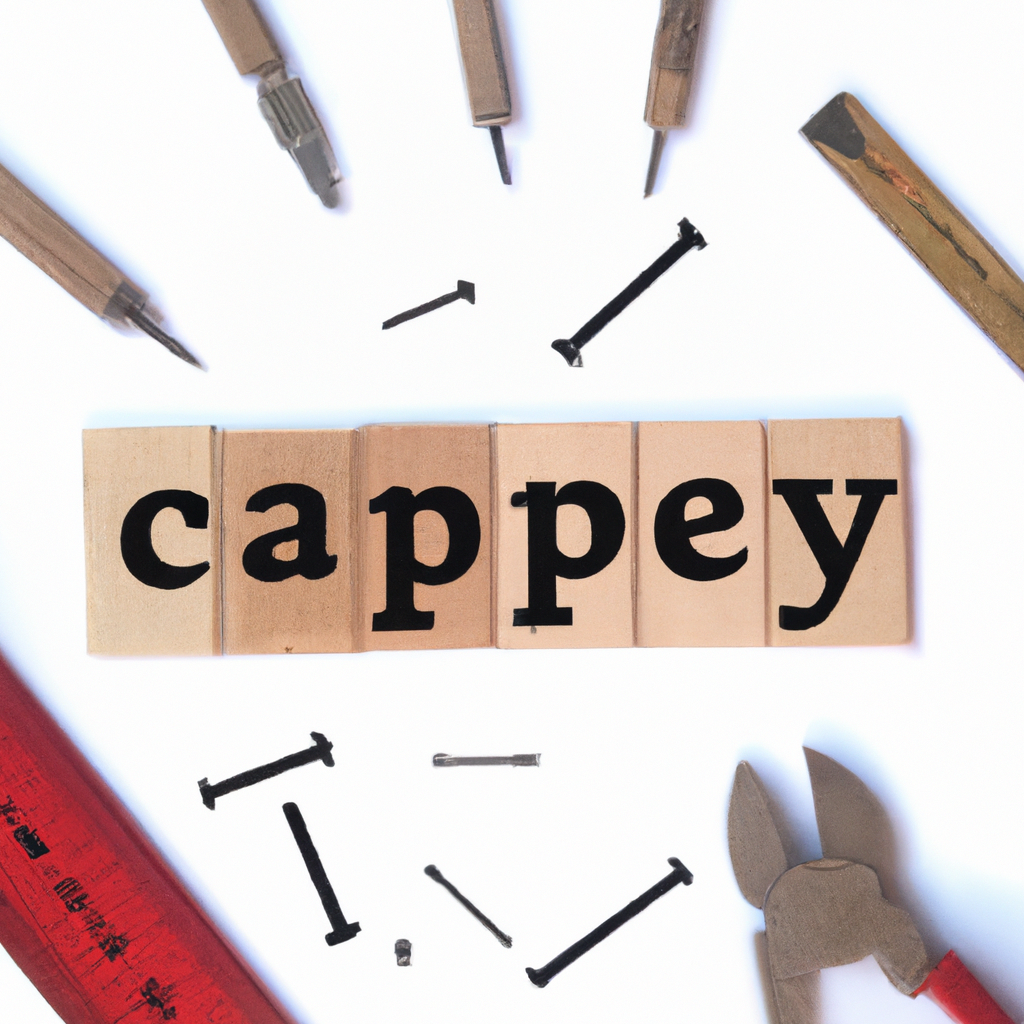
Exploring Sustainable Practices in Modern Carpentry Education
Build Your Future: Enroll Now at the Premier Carpentry School!
Hey there, folks! Today, let’s dive into something that’s been really sparking my interest lately—sustainable practices in modern carpentry education. Now, if you’re anything like me, the idea of blending age-old woodworking skills with new-age environmental consciousness is just too exciting to ignore.
I remember back when I was a kid; my grandpa had this little shed out back where he’d spend hours crafting everything from birdhouses to bookshelves. The smell of sawdust and varnish would fill the air, and it felt like magic watching him turn plain pieces of wood into something beautiful. But times have changed, haven’t they? Nowadays, it’s not just about making things that look good; it’s about doing so responsibly—without costing the Earth.
So what’s happening in carpentry schools these days? Well, let me tell you what I’ve learned from visiting a few workshops and chatting with some young apprentices. It’s fascinating how they’re weaving sustainability into their learning process. For starters, many programs now emphasize using reclaimed wood. Yep! Those old barn doors or fallen trees aren’t going to waste anymore. Instead of cutting down fresh timber—which we all know takes years and years to grow—they’re giving new life to materials that would’ve ended up as scrap otherwise.
One time I visited a local carpentry school where students were working on a project called ‘Furniture with a Past.’ Each piece they crafted had its own story because every plank had been something else before—a floorboard in an old house or part of an antique piano long forgotten. Seeing those kids’ eyes light up as they talked about their creations was genuinely heartwarming. They weren’t just making furniture; they were preserving history!
Another neat aspect is how these programs are teaching students about sourcing materials locally whenever possible. Not only does this cut down on transportation emissions (which can be pretty hefty), but it also supports small businesses nearby—and who doesn’t love keeping money within the community?
And let’s not forget about finishes! Back in Grandpa’s day, he wasn’t too concerned about what went into his stains or sealants—but nowadays? There’s this push towards using non-toxic alternatives made from natural ingredients like beeswax and linseed oil instead of harsh chemicals.
But here’s where it gets even cooler: technology plays its part too by helping reduce waste significantly through precise measurements done digitally before any sawing begins—you wouldn’t believe how much material gets saved simply by planning smarter!
I recall attending one workshop session where instructors demonstrated 3D modeling software that allowed them preview designs without wasting any real-life resources until absolutely necessary—it felt almost futuristic yet perfectly aligned with tradition somehow.
Now don’t get me wrong here—we still need skilled hands guiding each step along way—but having tech assist us means less trial-and-error during early stages resulting ultimately less discarded bits piling up landfills later down line (and yep—that’s big win).
On top all technical stuff though is mindset shift among learners themselves: realizing impact their work has beyond immediate gratification seeing completed product… It extends responsibility caring planet ensuring future generations continue enjoy same joys creating things do today
Ultimately folks—it boils down finding balance between honoring past adapting present needs doesn’t come overnight sure thing worth striving toward nonetheless…
Alright then enough rambling hope gave glimpse world sustainable carpentry education maybe sparked curiosity explore further yourself next time see someone hammering away wooden masterpiece ask them journey may surprise inspire you thanks stopping chat catch soon happy building!